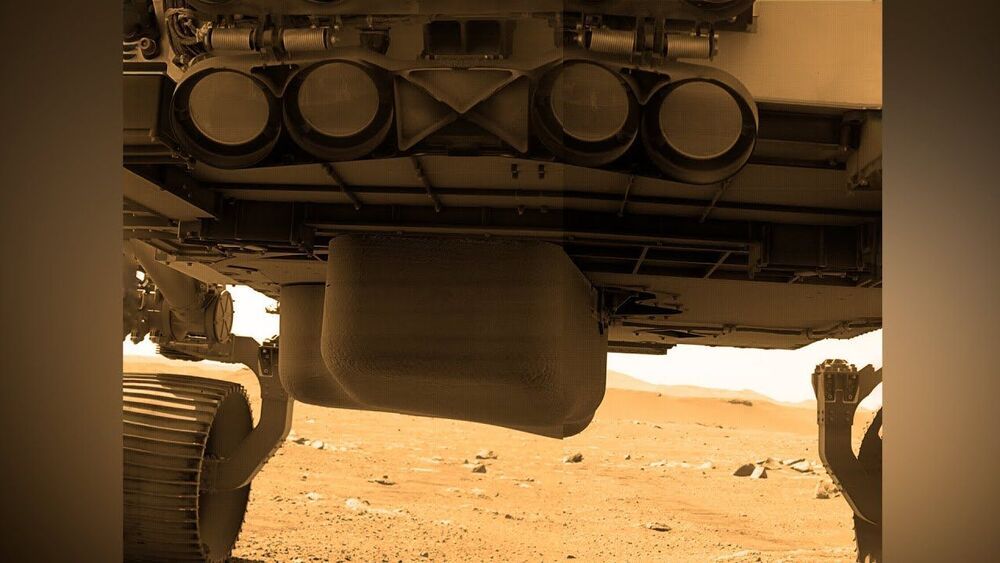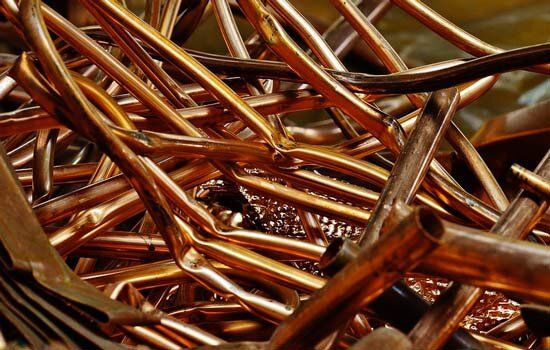On March 122021 NASA’s Perseverance Rover continues to find safe place to deploy Mars Helicopter Ingenuity and collect Mars Samples. Rover’s latest pics from Mars show Helicopter’s shield attached to bottom of the rover. Perseverance will gather samples from Martian rocks and soil using its drill. The rover will then store the sample cores in tubes on the Martian surface. This entire process is called “sample caching”. Mars 2021 is the first mission to demonstrate sample collection on Mars. It could potentially pave the way for future missions that could collect the samples and return them to Earth for intensive laboratory analysis.
For the first flight, the helicopter will take off a few feet from the ground, hover in the air for about 20 to 30 seconds, and land. That will be a major milestone: the very first powered flight in the extremely thin atmosphere of Mars. After that, the team will attempt additional experimental flights of incrementally farther distance and greater altitude. After the helicopter completes its technology demonstration, Perseverance will continue its scientific mission.
Credit: nasa.gov, NASA/JPL-Caltech.
Source for NASA’s Mars Helicopter page: https://mars.nasa.gov/technology/helicopter/#Deployment.
#mars #perseverance #helicopter









